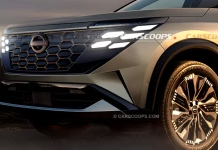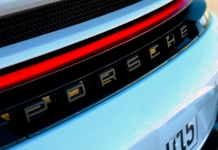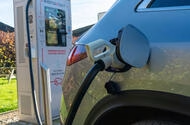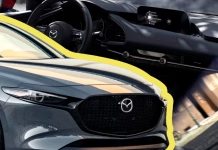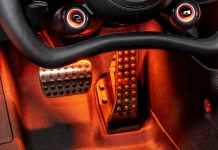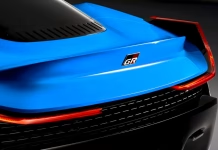2027 Nissan Rogue Unveiled With Bold New Look and Hybrid Power to Challenge Top...
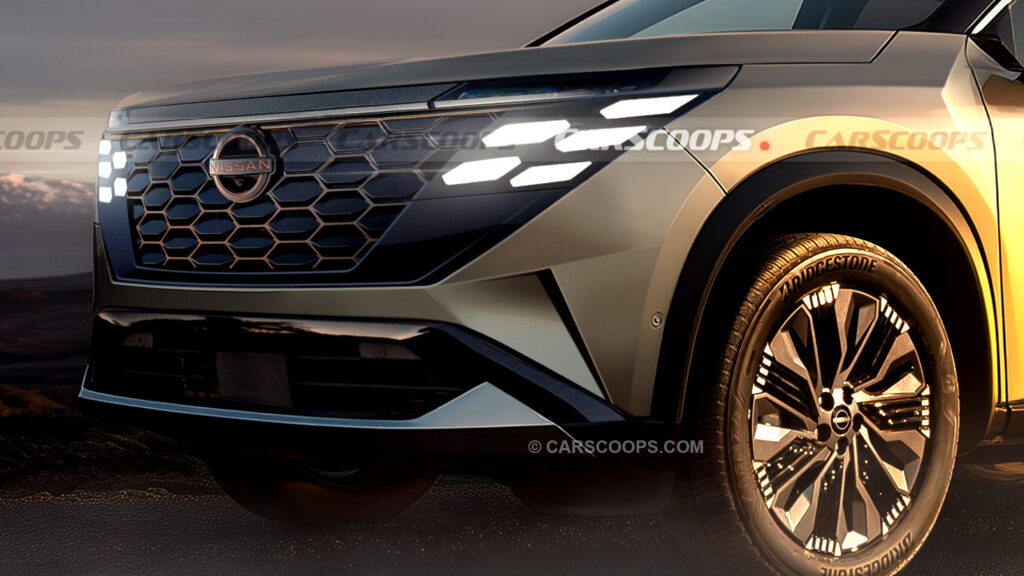
Dashcam Exposes Fake Injury Claim After Porsche Crash on UK Highway
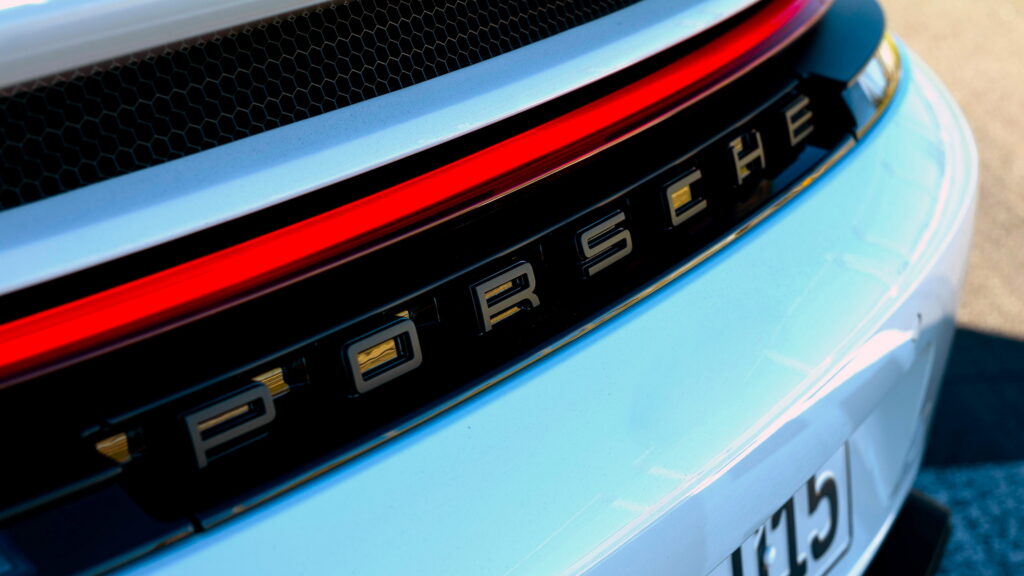
America’s Wildest Police Cruiser Photo Awards Celebrate Cars, Canines, and Creative Backdrops

Nissan N7 Surges Ahead as China’s Top-Selling Foreign Electric Car
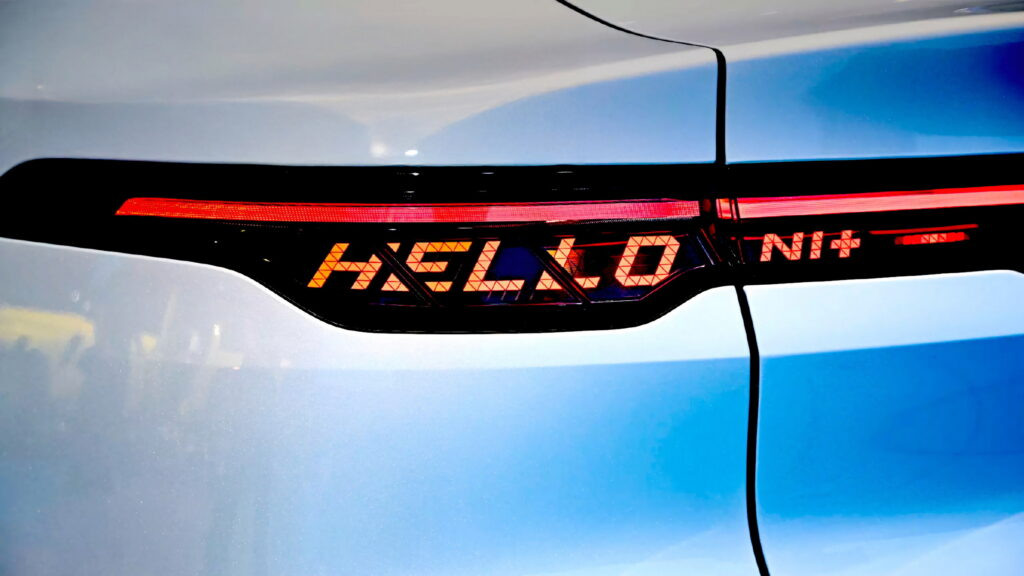
UK Set to Boost Electric Car Sales with New Grants Favoring Homegrown Models
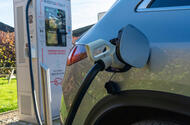 New allowances will be for retail buyers and favour UK-made cars, claims The Telegraph
New allowances will be for retail buyers and favour UK-made cars, claims The Telegraph
Grants to incentivise sales of electric cars are set to return as part of a tier system that will reward better subsidiaries to UK-made vehicles, reports The Telegraph.
The outlet claims that £640 million in taxpayer cash will be used to fund the move as part of new plans to boost retail sales of EVs.
Official details of the fund will be fully announced on Tuesday by the Labour administration the transport secretary Heidi Alexander told The Telegraph. An extra £60m will also be announced to fund the building of more public chargers.
She said: “We do know that the high upfront purchase cost of EVs is something that people are wary about.
“I think we’ve got to be honest and say there are a lot of people out there who think that EVs are just for the very wealthiest.
“We also want to really move away from people having range anxiety, to people having range awareness and knowing that they’re going to be able to make the journeys that they want to make.
“It’s right that the government thinks in the round about what we can do to tackle both of the issues, on charging and on the upfront cost of purchase.”
While this echoes the previous Conservative government’s Plug-in Car Grant that was pulled in 2022 – which took £1500 off the price of a new EV – what differs is that a tier system will be in place, effecting the amount of grant given.
This, the outlet claims, will favour UK-made cars, such as those made by Nissan which this year will begin building the new Leaf EV, and next year the Juke EV, at its Sunderland factory.
What’s more, it is expected the grant will only apply below a certain price band, meaning the most expensive and therefore more premium EVs will not be eligible.
It comes as car makers struggle to hit the UK’s Zero Emissions Vehicles (ZEV) mandate, which this year requires car makers to achieve a EV sales mix of 28% – or be fined £12,000 per non compliant vehicle. So far this year, just under 25% of all new cars sold in the UK have been fully electric.
What’s more, the worry from industry is that this number is heavily propped up by fleet sales – given the sector already has incentives via benefit-in-kind tax reliefs –which is why retail customers are now set to be supported.
The grant is part of a wider offensive from the government to increase the appeal of EVs. On Sunday it announced Drive35, a £2.5billion fund “supporting projects which help the transition to zero-emission vehicle manufacturing”.
This includes cash for manufacturing, R&D, jobs, upskilling, and more to “help ensure the UK remains at the forefront of zero-emission vehicle development”, the government said.
Business and Trade Secretary Jonathan Reynolds said: “Economic growth is our number one priority, and by funding our world leading auto sector we are creating the right conditions for increased investment, bringing growth, jobs, and opportunities to every part of the UK.”
The announcement was welcomed by Society of Motor Manufacturers and Traders’ chief executive Mike Hawes who said “is further evidence of the sector’s importance to economic growth”.
He added: “The importance of a long term, cross-government strategy with specific measures for automotive cannot be understated given the challenges facing the sector amid geopolitical uncertainty and fierce global competition.”
Mazda3 Faces Lawsuit Over Misleading Audio Features on Window Stickers

China Bans Default One-Pedal Driving in EVs to Boost Road Safety
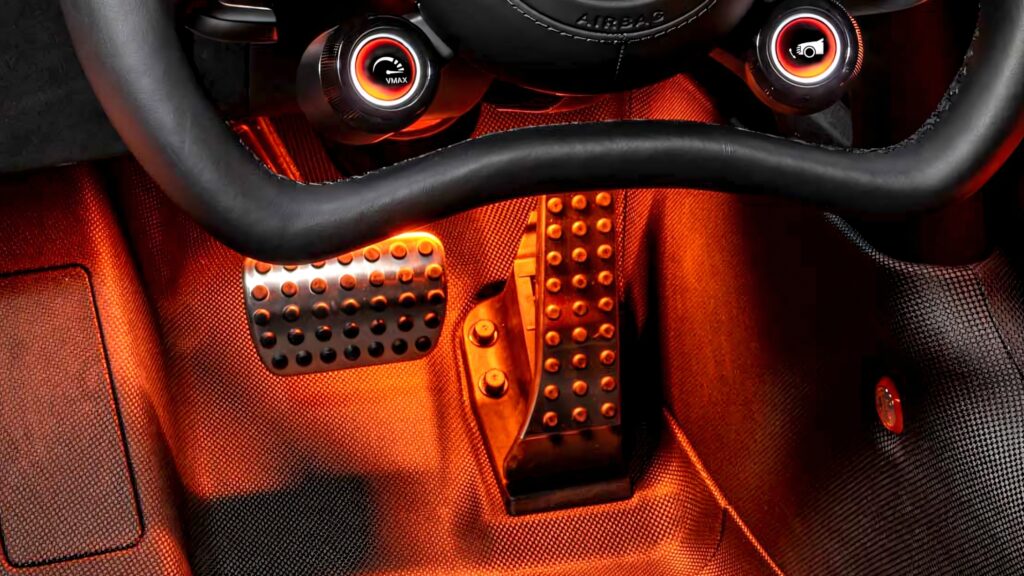
2025 Ford Mustang Mach-E Review Still Shines With Updates and Value Despite Aging Interior
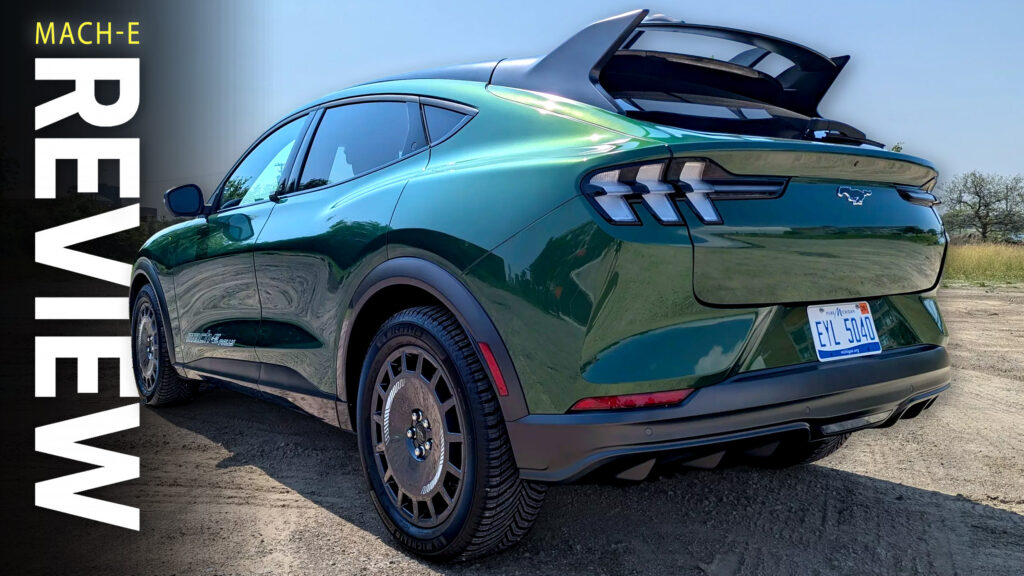
Surprising Amounts of Copper Power Every New Car on the Road
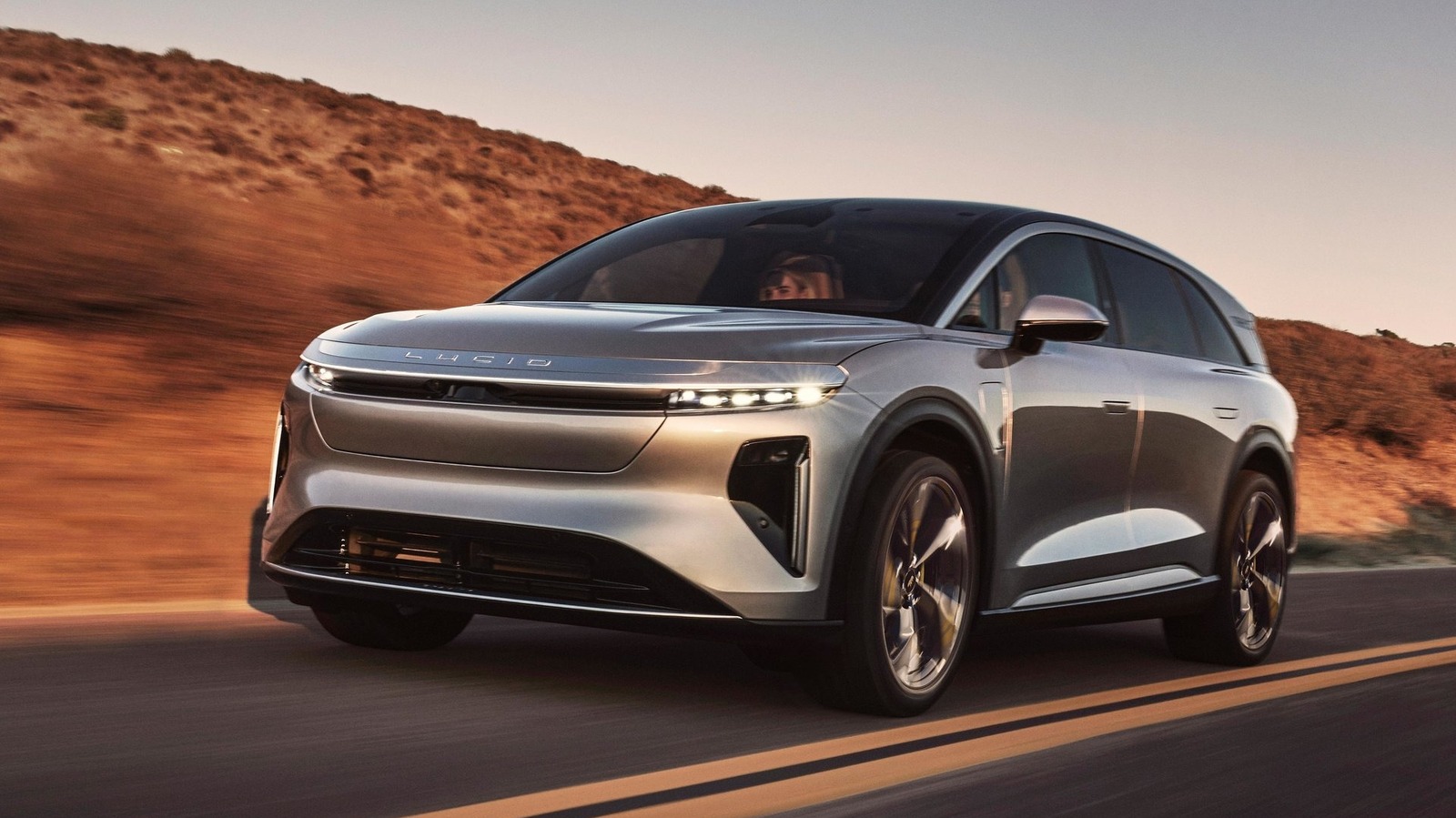
Toyota Celica Returns With Turbo Power and a Mid-Engine Twist


